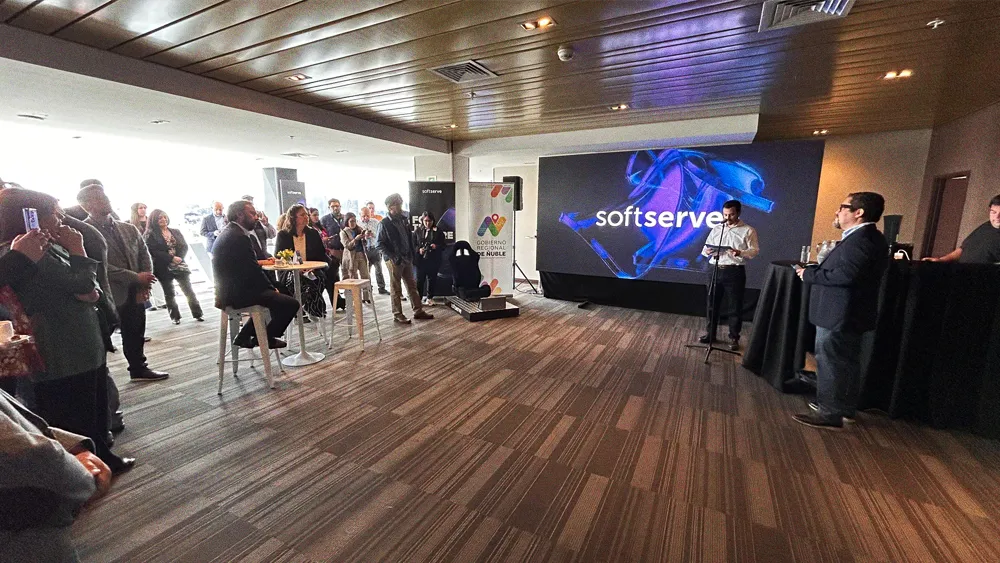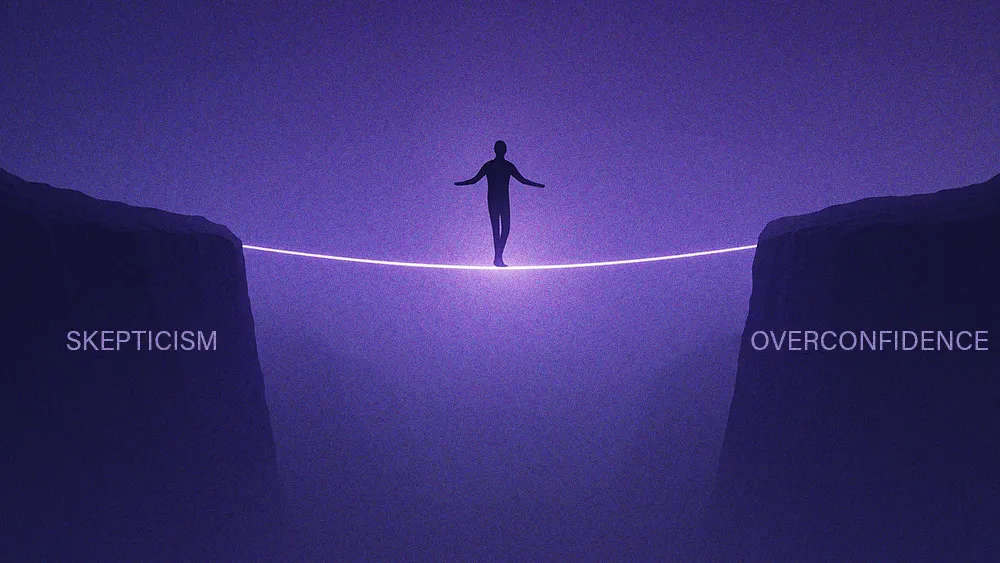Start small, then scale; experts say strategy beats speed in AI adoption

Key Points
Speedy AI rollouts can result in ethical pitfalls and inefficiencies, suggesting a need for cautious, phased implementations.
Strategic advisor and ex-Magic Leap HR executive Allison Heintz discusses piloting AI projects before scaling to ensure alignment with business goals.
Building trust and transparency in AI strategies is crucial for employee acceptance and successful implementation.
Addressing AI bias is critical, with Heintz advising collaboration with AI tool providers to mitigate potential issues.
A lot of people get really excited and do these cross-the-enterprise implementations, then have that many more things to go fix versus running a couple very focused test groups and scaling from there. Running pilots and testing AI before scaling is non-negotiable.

Allison Heintz
Strategic Advisor
HR Executive
In the race to roll out AI, speed is beating strategy—and it’s coming at a cost. Rushed deployments bring failures, ethical fallout, and wasted effort. The smarter approach is to slow down, test small, and build AI that actually serves the business.
Allison Heintz is a strategic advisor and former HR executive at giants like Magic Leap and Cognizant. She has 15+ years of pan-industry experience turning complex HR challenges into clear, business-aligned solutions. Her take on AI is just as focused: slow down, pilot first, and scale only when it serves people and strategy.
Slow and steady: “A lot of people get really excited and do these cross-the-enterprise implementations, then have that many more things to go fix versus running a couple very focused test groups and scaling from there,” says Heintz. “Running pilots and testing AI before scaling is non-negotiable.” She favors precision over speed, adopting phased rollouts to avoid headaches down the line. “Slow down to go fast,” she says.
Takes two to talk: A deliberate AI strategy starts with trust. “What are you leveraging AI for? How are you using this data in particular? What does that mean for me as an employee?” Heintz says these are the questions teams will ask—and companies need crisp, clear answers. Her advice: “Start early. AI is here. Just be very open and transparent about where your company is in that journey and start building that awareness right away.” That includes a two-way dialogue to truly gauge readiness.
Start at home: The “go slow” approach starts with clean, accessible data. Heintz urges HR teams to begin by testing AI within their own function. “Start by leveraging AI for HR first,” she says. “Test it within the department first, develop your own skill set and competency within HR before you start engaging out into the business,” explains Heintz. Strong internal pilots lay the groundwork for broader success.
Cut against the bias: One big reason to slow down? Ethics. As bias concerns grow, Heintz offers a blunt warning: “If the AI isn’t set up in a way to be as unbiased as possible, then you’re making decisions on bad data.” Her advice is to “go even slower and work with the AI tool company to pinpoint and mitigate potential bias within the process.” Ethical AI isn’t a given, it’s a deliberate build.
Sell it: When pitching AI internally, “aligning it to the strategy of the company is really important,” says Heintz. Equally persuasive is showing how AI can “free up people’s time so they can focus on their core job.” But none of it sticks without trust. Leaders must show they’ve thought through all the angles, including compliance. The best way to do that? “Slow down to go fast.”
If the AI isn't set up in a way to be as unbiased as possible, then you're making decisions on bad data.

Allison Heintz
Strategic Advisor
HR Executive
If the AI isn't set up in a way to be as unbiased as possible, then you're making decisions on bad data.

Allison Heintz
Strategic Advisor
HR Executive
Related articles
TL;DR
Speedy AI rollouts can result in ethical pitfalls and inefficiencies, suggesting a need for cautious, phased implementations.
Strategic advisor and ex-Magic Leap HR executive Allison Heintz discusses piloting AI projects before scaling to ensure alignment with business goals.
Building trust and transparency in AI strategies is crucial for employee acceptance and successful implementation.
Addressing AI bias is critical, with Heintz advising collaboration with AI tool providers to mitigate potential issues.

Allison Heintz
HR Executive
Strategic Advisor

Strategic Advisor
In the race to roll out AI, speed is beating strategy—and it’s coming at a cost. Rushed deployments bring failures, ethical fallout, and wasted effort. The smarter approach is to slow down, test small, and build AI that actually serves the business.
Allison Heintz is a strategic advisor and former HR executive at giants like Magic Leap and Cognizant. She has 15+ years of pan-industry experience turning complex HR challenges into clear, business-aligned solutions. Her take on AI is just as focused: slow down, pilot first, and scale only when it serves people and strategy.
Slow and steady: “A lot of people get really excited and do these cross-the-enterprise implementations, then have that many more things to go fix versus running a couple very focused test groups and scaling from there,” says Heintz. “Running pilots and testing AI before scaling is non-negotiable.” She favors precision over speed, adopting phased rollouts to avoid headaches down the line. “Slow down to go fast,” she says.
Takes two to talk: A deliberate AI strategy starts with trust. “What are you leveraging AI for? How are you using this data in particular? What does that mean for me as an employee?” Heintz says these are the questions teams will ask—and companies need crisp, clear answers. Her advice: “Start early. AI is here. Just be very open and transparent about where your company is in that journey and start building that awareness right away.” That includes a two-way dialogue to truly gauge readiness.

Allison Heintz
HR Executive
Strategic Advisor

Strategic Advisor
Start at home: The “go slow” approach starts with clean, accessible data. Heintz urges HR teams to begin by testing AI within their own function. “Start by leveraging AI for HR first,” she says. “Test it within the department first, develop your own skill set and competency within HR before you start engaging out into the business,” explains Heintz. Strong internal pilots lay the groundwork for broader success.
Cut against the bias: One big reason to slow down? Ethics. As bias concerns grow, Heintz offers a blunt warning: “If the AI isn’t set up in a way to be as unbiased as possible, then you’re making decisions on bad data.” Her advice is to “go even slower and work with the AI tool company to pinpoint and mitigate potential bias within the process.” Ethical AI isn’t a given, it’s a deliberate build.
Sell it: When pitching AI internally, “aligning it to the strategy of the company is really important,” says Heintz. Equally persuasive is showing how AI can “free up people’s time so they can focus on their core job.” But none of it sticks without trust. Leaders must show they’ve thought through all the angles, including compliance. The best way to do that? “Slow down to go fast.”




